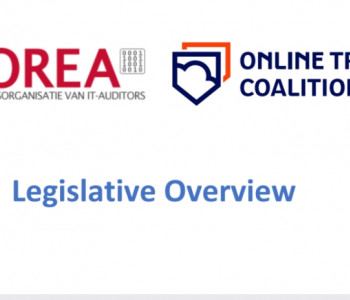DORA Incident Classification Tool
On May 1, 2024, NOREA started the new Taskforce DORA. This important step underlines NOREA's commitment to promoting the digital resilience of financial institutions. The task force will focus on addressing uncertainties surrounding the implementation of DORA. The goal is to publish guidelines and templates for these domains.
With this tool, financial entities can easily determine if an incident is classified as major and as such
needs to be reported to the competent authorites under the Digital Operational Resilience Act (DORA). This
questionnaire is based upon the related classification of ICT-related incidents.
The reporting timelines for major incidents in DORA are:
- The initial report shall be submitted as early as possible within 4 hours from the moment of classification of the incident as major, but no later than 24 hours from the moment the financial entity has become aware of the incident;
- An intermediate report shall be submitted the latest within 72 hours from the submission of the initial notification even where the status or the handling of the incident have not changed (as referred to in Article 19(4)(b) of Regulation (EU) 2022/2554). Financial entities shall submit without undue delay an updated intermediate report, in any case, when regular activities have been recovered.
- the final report shall be submitted no later than one month from the submission of the latest updated intermediate report.
For more information on how to report the incident to the competent authorities and the (mandatory) content of the different reports, refer to the respective RTS.
This tool has been thoughtfully developed, and we kindly request that you share any feedback via email at norea@norea.nl. Please note that any data entered in this form will be analyzed within the browser and will not be centrally collected or processed. NOREA cannot be held responsible for any errors.
Please answer the following 8 questions:

|
This DORA incident classification tool has been co-developed by NOREA with RiskNow, provider of the RiskNow GRC SaaS platform that helps companies to comply with DORA. |







